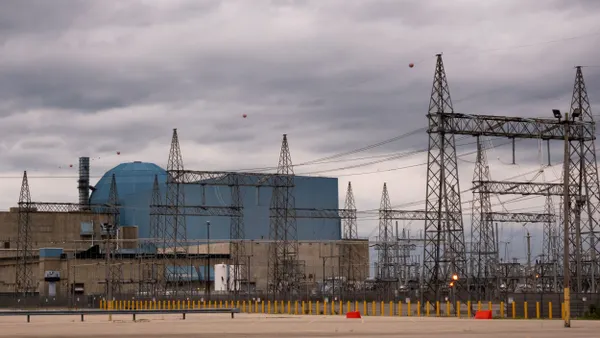Dive Brief:
- Analysis by the the Cincinnati Enquirer shows Duke Energy of Ohio has a disconnection rate of about 13%, higher than any other utility in the state. More than one in eight Duke Ohio customers have had the lights turned off for lack of payment, amounting to about 83,000 customers.
- The utility acknowledges it has an "aggressive" disconnection policy, but says it's because regulators have asked for it. Duke, power regulators and economists are puzzled by the higher rates of delinquency in the utility's service territory compared to other utilities.
- Consumer advocates in the state question if the higher disconnection rates are linked to the proliferation of smart meters in Duke Energy's territory.
Dive Insight:
The Cincinnati Enquirer has completed analysis of disconnection rates at utilities around Ohio, finding that Duke Energy shuts the lights off on customers almost twice as often as other power providers — and sometimes when customers have smaller outstanding balances.
Duke Energy's average bill at disconnection is just below $300, the newspaper reported, compared to some utilities which wait until balances exceed $400.
Economists cannot figure out why the utility has a higher delinquent rate, the newspaper said, but the Office of the Ohio Consumers' Counsel (OCC) has questioned a potential link to smart meters. Disconnections have soared in the last five years.
"The high number of disconnections may be due, at least in part, to the remote disconnect capability of Duke's smart meters," OCC analyst James Williams told the newspaper.
According to Duke, the utility "started modernizing the Ohio grid in 2008. When the project is completed, we will have installed more than 1 million advanced meters in the state."
But OCC pointed out that from 2009 to 2014, disconnections rose about 50%.













